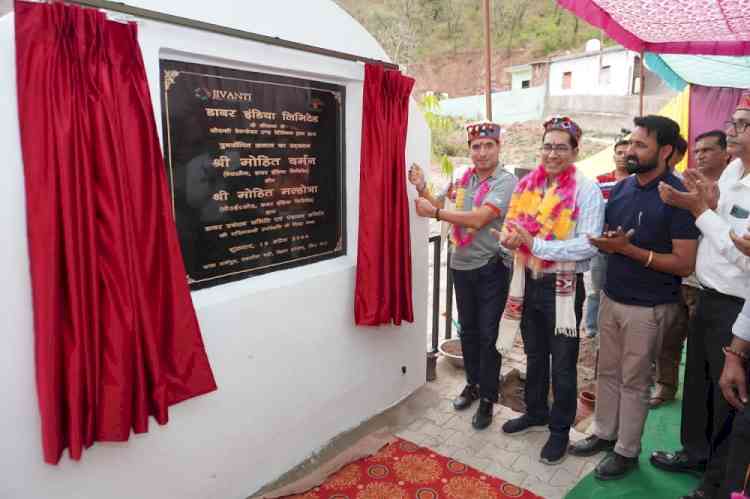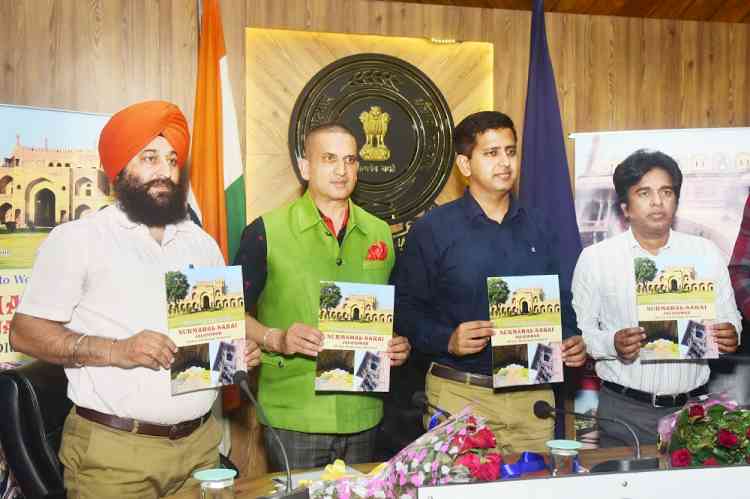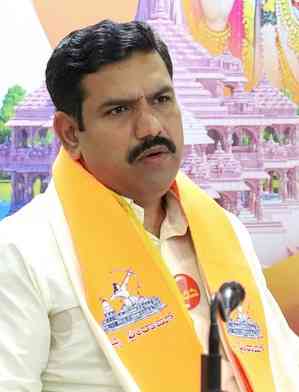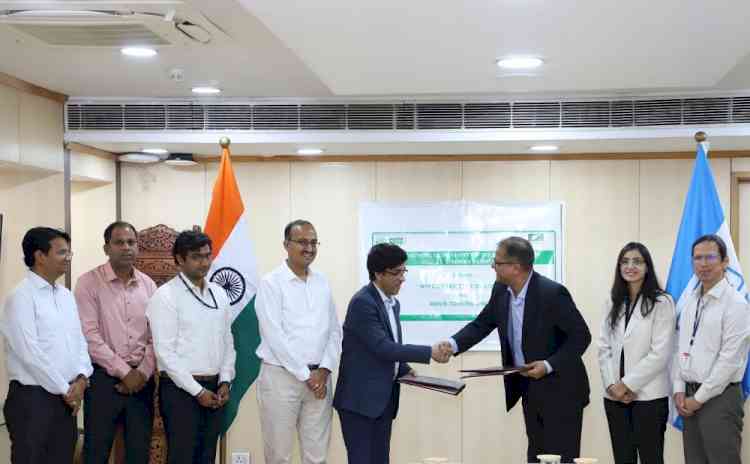NBFC-MFIs moving towards cash-litepayment ecosystem: MFIN-MicroSave report
Author(s): City Air NewsChandigarh, August 28, 2017: Microfinance Institutions Network (MFIN),the premier industry association and Self-Regulatory Organization (SRO) for the microfinance industry in India has recently released a study...

Chandigarh, August 28, 2017: Microfinance Institutions Network (MFIN),the premier industry association and Self-Regulatory Organization (SRO) for the microfinance industry in India has recently released a study on adoption of cash-lite models among microfinance institutions in India. According to the report, over 60% if NBFC-MFIs have adopted cashless methods for disbursements. In the fourth quarter of FY 2016-17, 39% of total disbursements were reported to be cash-lite transactions. While NBFC-MFIs are increasingly adopting cashless methods for disbursements, only 5% of cashless repayments point at slower pace of adoption by customers. MicroSave was the research partner for the report. KfW and SIDBI had also extended their support in completion of the report.
The transition of NBFC-MFIs to cashless payment modes has been largely attributed to benefits of risk mitigation and increased operational efficiency that includes improved cash management practices, increased safety and staff productivity. According to Ratna Vishwanathan, CEO, MFIN, “Demonetisation and government’s push to adopt digital transactions have helped in NBFC-MFIs’ transition to cashless modes. Moreover, It has also helped in increasing awareness about non-cash transaction methods among microfinance beneficiaries even in the rural areas. This has definitely accelerated adoption rates both at NBFC-MFI and client ends. While many NBFC-MFIs already do significant share of transactions through cashless modes, many other institutions have initiated pilots to analyse the best suitable methods for them. As the microfinance industry moves towards digitisation, we believe it will lead to achievement of financial inclusion in the true sense through providing seamless and quicker processing of credit to clients along with increasing cost benefits for NBFC-MFIs in the longer term.It can create an enabling platform to diversify product offering, target new customer segments and even modify the operating model.”
While 88% of the total cashless disbursements were made through NEFT/IMPS by NBFC-MFIs in 2016-17, cheques (50%) and ECS (33%) were the preferred modes of repayments by microfinance clients. Other transaction methods that were used by both NBFC-MFIs and clients included, Aadhar enabled payments, mobile wallet and pre-paid cards. According to the report, usage of Aadhar Payment Bridge System (APBS) for disbursements has been quite low (4%) in 2016-17 but it may prove to be suitable for MFIs in the long run with its low transaction cost and faster roll out benefits. Similarly, Aadhar Enabled Payment Systems (AEPS) and UPI may provide quicker, safe and secure transactions to customers for repayments along with easier adoption.
While the adoption rate of cashless transactions is increasing, infrastructure and connectivity problems still adversely affect the growth. Another major challenge is that for a typical MFI client both income and expenditure avenues are through cash. Therefore, lack of value proposition of ‘non-cash’ transaction coupled with the low levels of usage of bank accounts, creates hassle for customers to adopt or prefer cash-lite transactions. Higher cost of technology also affects operating costs. As per the report, there is a low level of understanding among the MFI clients and lack of adequate handholding leads to lower adoption of cash-lite transactions. To enable greater acceptance of cash-lite models at the customers’ end, there is a need to bring in behavioural change towards the usage of bank accounts.

 cityairnews
cityairnews 
















